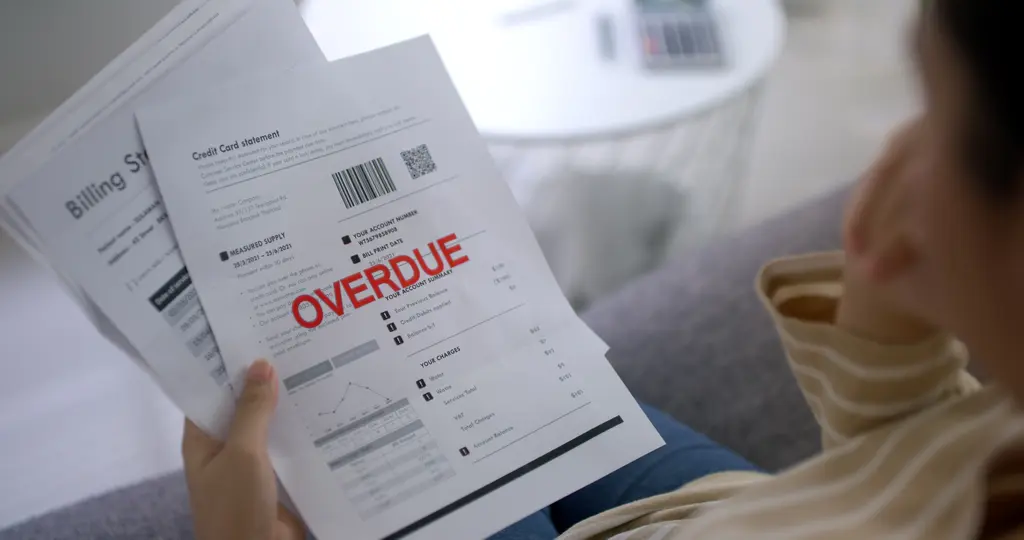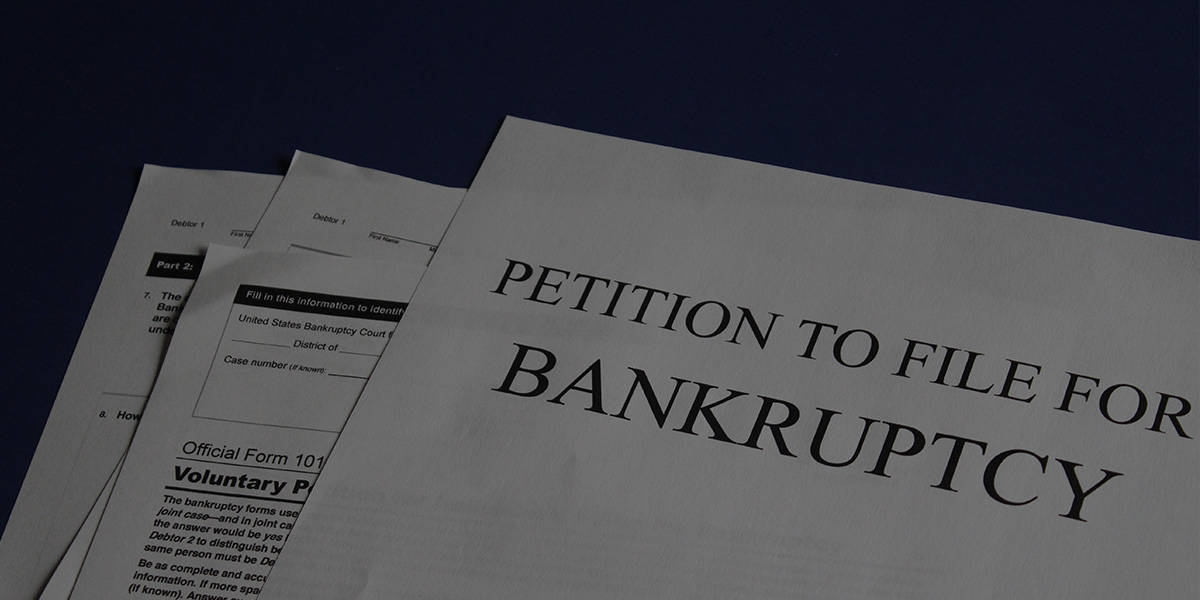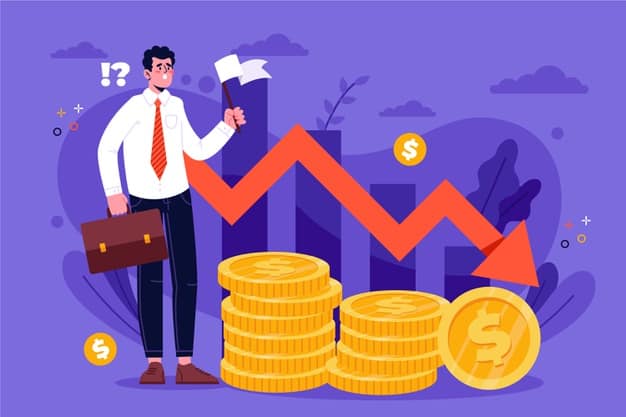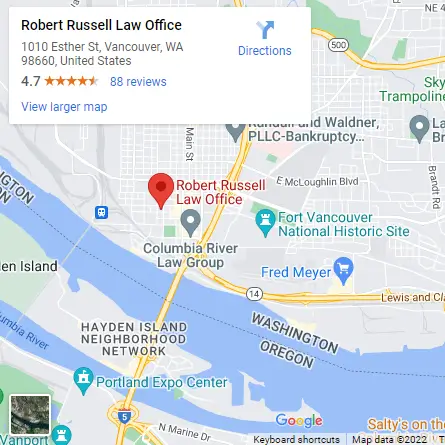Bankruptcy filing is a legal procedure that helps an individual to repay debts owed to creditors. Dealing with debt problems is not easy. As such, it is highly recommended to consult with Vancouver bankruptcy attorneys to assist you during the bankruptcy process.
-
Assess the debt situation.
Not all types of debts can be eliminated when you file bankruptcy Chapter 7 (liquidation bankruptcy). Non-dischargeable debts include child support, alimony, student loan debt, and certain tax debt. If you put up your home and vehicle as collateral for the mortgage, the creditor will take it if you are not current during the time you filed bankruptcy and do not stay current until your bankruptcy case is over.
-
Find out what property exemptions you have
Exemption laws vary by state, but they all govern what kinds of property you can hold if you apply for bankruptcy Chapter 7. Most people will keep their furniture, savings plans, vehicle, and home equity. Before you file bankruptcy, double-check if you can cover anything you want to keep hold off.
-
Make sure you are qualified
Before being eligible for a bankruptcy discharge, the majority of citizens must first pass the bankruptcy means test. You are eligible if your total gross income for six months before filing is higher than the median income of the state. If not, you will have to deduct approved expenditures from your monthly income to see if you qualify for bankruptcy Chapter 7.
-
Redeem or reaffirm loans that are insured
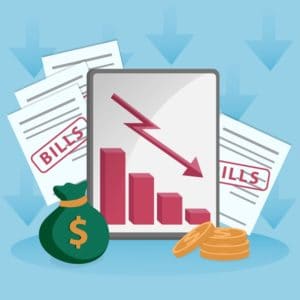 You have to keep paying the creditor if you want to keep the property you pledged as collateral. You will be asked if you want to redeem the asset (pay the current replacement value in a lump sum), reaffirm (decide to continue paying according to the terms of the creditor’s agreement), or surrender the asset to the creditor.
You have to keep paying the creditor if you want to keep the property you pledged as collateral. You will be asked if you want to redeem the asset (pay the current replacement value in a lump sum), reaffirm (decide to continue paying according to the terms of the creditor’s agreement), or surrender the asset to the creditor.
-
Complete the bankruptcy paperwork
You need to complete the paperwork in which you will disclose all your assets, debts, taxes, expenditures, and previous transactions to the bankruptcy court. You need to provide a list of all your creditors, assets, income as well as your property exemptions and determine what to do with your secured debts. Seeking legal assistance with Vancouver bankruptcy attorneys will be beneficial for you to have a successful bankruptcy filing.
-
Enroll in a credit counseling session
Filers must take a course either before or soon after filing for bankruptcy.
-
Organize the needed documents
Your bankruptcy case formally begins when you file a bankruptcy petition. A lot of people file all of the forms at once. However, if you are short of time, you may complete a few necessary forms and file them as an emergency. The remaining forms must be submitted within 14 days.
-
Pay for the filing fee or request for a fee waiver
When you file for bankruptcy, you need to pay a filing fee. You may ask the bankruptcy court to divide it into four installments if you cannot pay it in full. If you are not capable of paying the filing fee, you may be qualified for a fee waiver by applying with your petition in bankruptcy. If it appears that you meet all the requirements, the judge will evaluate it and grant the fee waiver.
-
Submit all the needed documents to the bankruptcy trustee
You have to submit paperwork to show that the details on your bankruptcy forms are accurate.
-
Attend a creditor’s meeting
You will have to go to court for a brief meeting with the trustee in bankruptcy and the creditors. The trustee assigned to your bankruptcy case will verify your identity and ask you questions regarding your bankruptcy filing that all debtors must answer.
-
If necessary, file an objection or motion
You have to fix these issues before the bankruptcy case is dismissed. That is if you disagree with a creditor’s assertion or want to get rid of those liens.
-
Pay-off any secured loans you have
If you filed for bankruptcy, you will be asked to fill out a questionnaire detailing how you want to manage your secured debts. You will have to take care of this matter before the bankruptcy case is closed.
-
Take a creditor education course
Following the filing of your documents, you must complete a debtor education course before receiving a bankruptcy discharge. If you do not apply for a certificate by the deadline, the court will dismiss your case without issuing a discharge.
-
Obtain your bankruptcy discharge
The bankruptcy court will issue an order to discharge your qualified debts after a successful bankruptcy filing. You will not have any obligation to pay it and the creditor will not have the right to recover it after you have been discharged.
Have a fresh start and secure your financial future. Call our Vancouver bankruptcy attorneys at Robert Russell Law Office for legal help and assistance.


